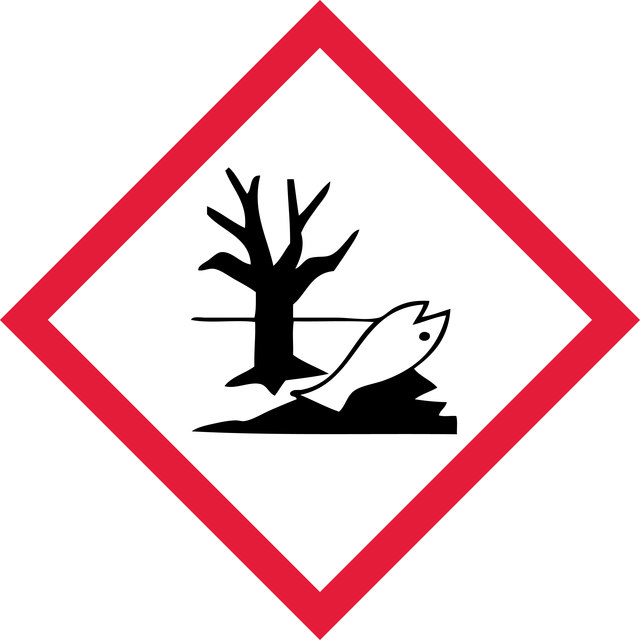17-500M
Catch and Release v2.0 Reversible Immunoprecipitation System
Synonym(s):
Catch and release system, Immunoprecipitation kit
Select a Size
About This Item
species reactivity (predicted by homology)
all
Quality Level
manufacturer/tradename
Catch And Release
Upstate®
technique(s)
activity assay: suitable (IP-kinase)
immunoprecipitation (IP): suitable
western blot: suitable
shipped in
wet ice
Related Categories
General description
Reproducible: eliminates aspiration steps that typically lead to diminished/lost sample
Convenient: spin-column format dramatically simplifies sample handling
Reversible: simple elution of antigen:antibody complex in either native or denatured form
Use:
This kit allows for quick and reproducible immunoprecipitation (IP) by using a spin column. The system is more reproducible than regular IP′s, which are problematic with regards to washing the protein A/G agarose without disrupting the agarose bed. The binding of the antibody/antigen complex in Catch and Release is reversible, and elution of the immune complex can occur with native or denaturing buffers. The system has been tested successfully with rabbit, mouse, sheep and goat antibodies. IP using human IgG1-4 should be suitable. IP using chicken antibodies or human IgA, IgD, IgE or IgM is not recommended with this kit. Please read the enclosed product manual before use.
Application
Packaging
17-500 is supplied as 50 immunoprecipitations per kit.
Preparation Note
Analysis Note
Other Notes
Catch and Release Non-denaturing Elution Buffer, 4X
Catch and Release Denaturing Elution Buffer, 1X
Catch and Release Capture Tubes
Legal Information
signalword
Danger
hcodes
Hazard Classifications
Aquatic Acute 1 - Aquatic Chronic 1 - Eye Dam. 1 - Repr. 1B - Skin Corr. 1C
Storage Class
6.1C - Combustible acute toxic Cat.3 / toxic compounds or compounds which causing chronic effects
Certificates of Analysis (COA)
Search for Certificates of Analysis (COA) by entering the products Lot/Batch Number. Lot and Batch Numbers can be found on a product’s label following the words ‘Lot’ or ‘Batch’.
Already Own This Product?
Find documentation for the products that you have recently purchased in the Document Library.
Our team of scientists has experience in all areas of research including Life Science, Material Science, Chemical Synthesis, Chromatography, Analytical and many others.
Contact Technical Service

